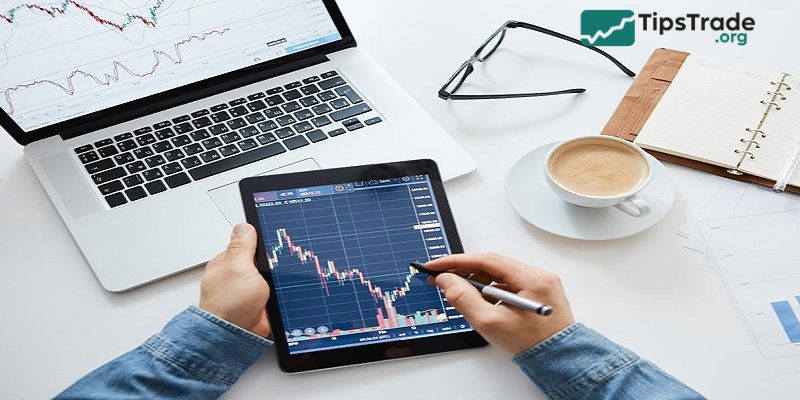Learn Forex is an important first step for anyone who wants to participate in the foreign exchange market – the most vibrant global currency trading market. With high profit potential but also significant risks, mastering basic knowledge and effective trading strategies will help you build a solid foundation from the very beginning. If you’re looking for a detailed guide to self-learning Forex, this article will serve as a roadmap to help you step by step conquer this highly promising market.
What is Forex?
Before embarking on the journey to learn Forex, you need to understand clearly What is Forex?. Forex (Foreign Exchange) is the global financial market where traders, banks, and financial institutions buy, sell, and exchange currencies. When you participate in Forex trading, you are essentially trading based on the fluctuations in the exchange rate between two currencies.
For example: If you predict that the EUR will strengthen against the USD, you can buy the EUR/USD pair and profit when the exchange rate increases.
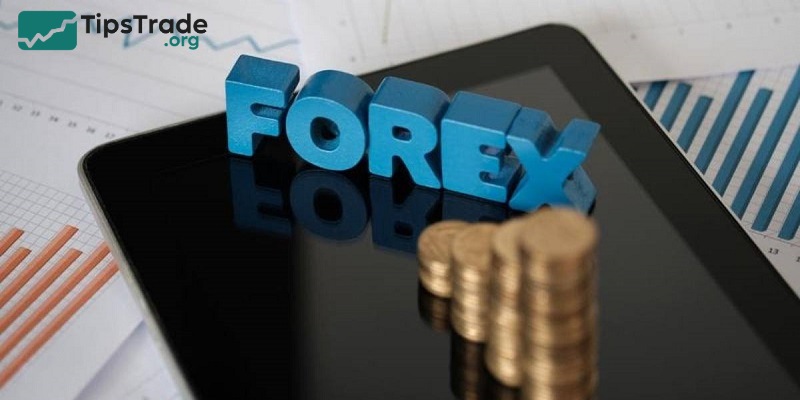
Why you should learn Forex before trading?
Before entering the foreign exchange market, learn forex is essential if you want to trade successfully and limit risks. Many new traders often skip this learning phase, leading to significant losses. Here are important reasons why you need to learn Forex before you start trading:
- Avoid the risk of big losses
Forex is a highly volatile market. Without the right background knowledge, you can easily get carried away by emotions or follow false signals, which can lead to rapid capital loss. Learning Forex helps you understand how to manage risk, set Stop Losses, and avoid impulsive decisions.
- Understand the principles of capital management
One of the most important skills when trading is money management. When learning forex, you will understand how to allocate capital properly, the risk/reward ratio for each order, and how to protect your account from being “burned”.
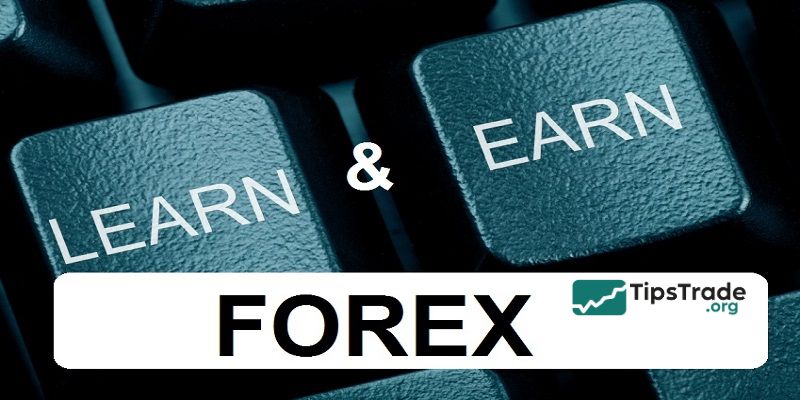
- Build an effective trading strategy
No plan = failure. Learning Forex helps you learn how to build and test trading strategies based on technical and fundamental analysis. Instead of trading on emotion, you can rely on data and logic to make decisions.
- Increase confidence in trading
Understanding the market, reading charts, and identifying trends will help you feel more confident when opening orders. This is especially important because psychology greatly affects trading results. With knowledge, you will be less stressed and have more control over your emotions.
- Creating a foundation for long-term growth
Forex is not just a place to make quick money, but also a long-term learning journey. If you invest time to learn from the beginning, you will have a solid foundation to develop, thereby increasing your ability to make sustainable profits instead of “gambling” in the financial markets.
How to start learning Forex?
Building a foundation of basic knowledge
For beginners, learn forex for beginners needs to start with the basic concepts. You need to understand terms such as pip, lot, spread, leverage and margin. These are the first “bricks” for you to get acquainted with the market.
- Pip: The smallest unit of measurement for price movements in Forex.
- Leverage: A tool that helps you trade with more capital than you actually have.
- Lot: Trading volume (Standard Lot = 100,000 units, Mini Lot = 10,000 units, Micro Lot = 1,000 units).
- Spread:The difference between the buy and sell price, is the cost you pay to the exchange.
- ….
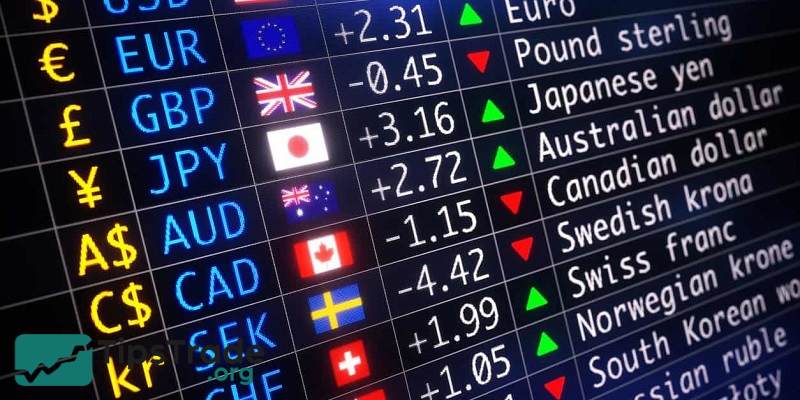
>>Read more:
- What is Pip in Forex? Accurate calculation guide for traders
- What is forex leverage? How to use leverage without burning your account
- Forex spread: How It Affects Your Trading Costs and Profitability
Choose the right trading platform
An important step in learning Forex is to familiarize yourself with trading software such as MetaTrader 4 (MT4) or MetaTrader 5 (MT5). These are popular tools that traders use to place orders, analyze charts, and manage accounts. Download a demo version to practice without risking real money.
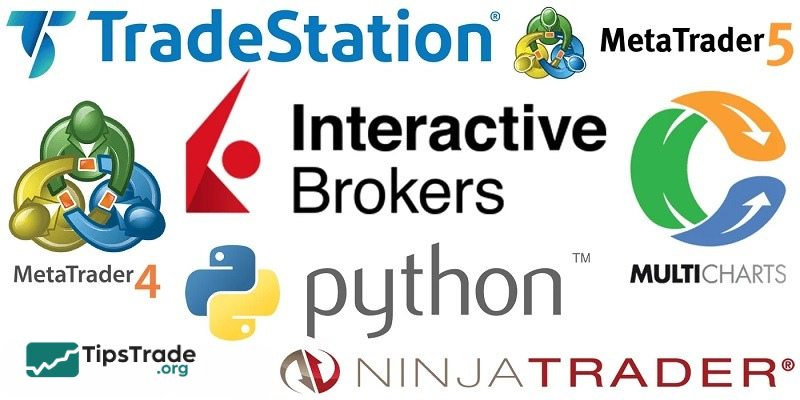
Learn Forex online – a convenient solution
If you don’t have time to attend face-to-face courses, learning Forex online is the ideal choice. There are hundreds of free and paid courses on platforms like YouTube, Udemy, or Babypips,… These are all famous websites for beginners. These documents are often presented in an easy-to-understand way, with real-life examples, helping you quickly grasp how to trade.
Methods of analysis when learning Forex
To be successful in Forex, you cannot rely on luck alone. The two main analysis methods that you need to master when learning Forex trading for beginners are technical analysis and fundamental analysis.
Learning technical analysis in Forex
- Read the price chart: candlestick, trendline, support and resistance levels.
- Using technical indicators: RSI, MACD, Moving Average (MA), Bollinger Bands, v.v.
- Learn price patterns: head and shoulders, flag, triangle…
- …
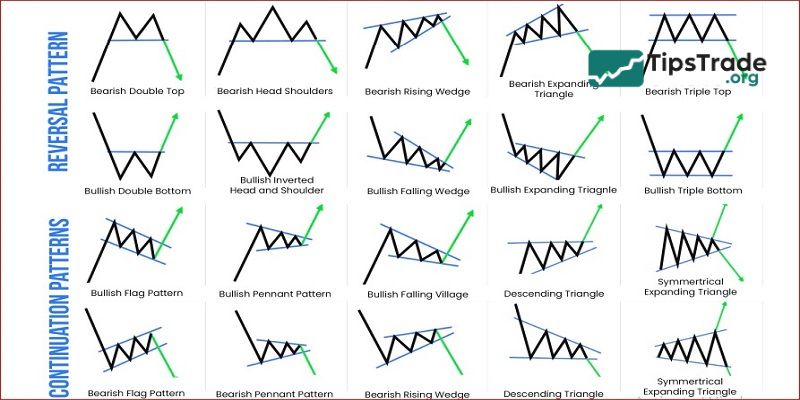
Learning fundamental analysis in Forex
Unlike technical analysis, learning fundamental Forex analysis requires you to understand macroeconomics and the factors that affect currency prices. News such as the Fed interest rate, GDP reports, or Non-Farm Payrolls data can move the market dramatically.
To do well in this section, you should follow the Economic Calendar and read analysis from experts.
Forex self-study roadmap for beginners
Step 1: Set goals and make a plan
Ask yourself: How much do you want to earn from Forex? How much time are you willing to spend learning Forex every day? A clear plan will help you stay on track. For example, spend 1-2 hours a day studying and practicing.
Step 2: Practice with Demo account
Before depositing real money, use a demo account to familiarize yourself with the market. This is a safe way to test your strategies without risking your capital.
Step 3: Build a trading strategy
A good trading strategy includes:
- Entry point: When to buy/sell?
- Exit point: When to take profit/cut loss?
- Capital management: Never put more than 1-2% of your account on one trade.
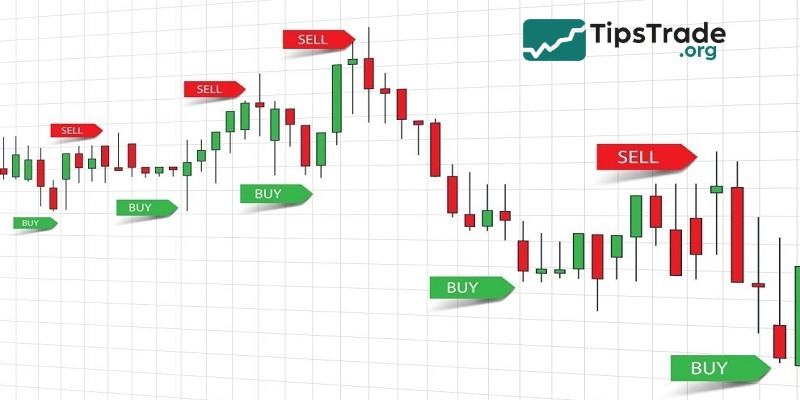
Step 4: Learn from your mistakes
No one is successful from the start. When learning Forex trading for beginners, you will make mistakes. Record each trade, analyze your mistakes and learn from them.
Documents to support effective Forex learning
Forex books worth reading
Forex books are a great source of learning from veteran traders. Some suggestions:
- “The Little Book of Currency Trading” by Kathy Lien: For beginners, easy to understand.
- “Technical Analysis of the Financial Markets” by John J. Murphy: Deep dive into technical analysis.
- “Day Trading and Swing Trading the Currency Market”: A practical trading strategy guide.
Online Forex course
In addition to books, you can take Forex courses online from reputable experts. Babypips offers a free “School of Pipsology” course, while Udemy has more in-depth paid courses.
Trader community
Join groups on Telegram, Facebook or forums like ForexFactory to learn from the community. This is also where you can ask questions and get quick responses.
Conclusion
Learn Forex – especially learning to trade Forex for beginners – is a challenging but also very exciting journey. Let’s start from small steps: mastering basic to advanced knowledge, practicing on a demo account, and gradually building your own strategy. Forex is not just a way to make money but also a journey of personal development, helping you gain a deeper understanding of finance and the global economy.

